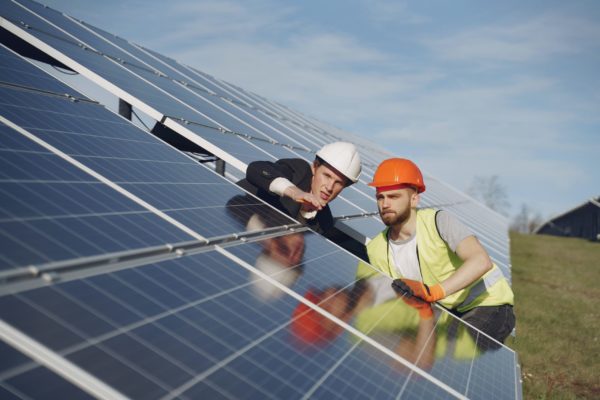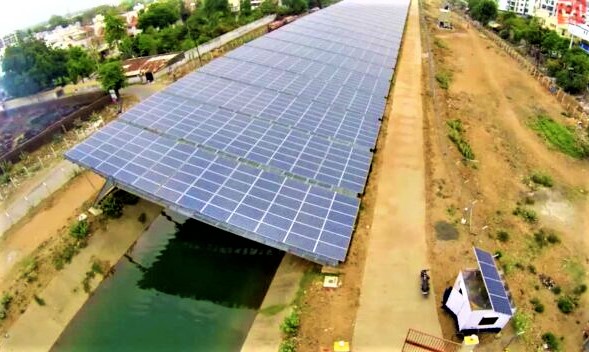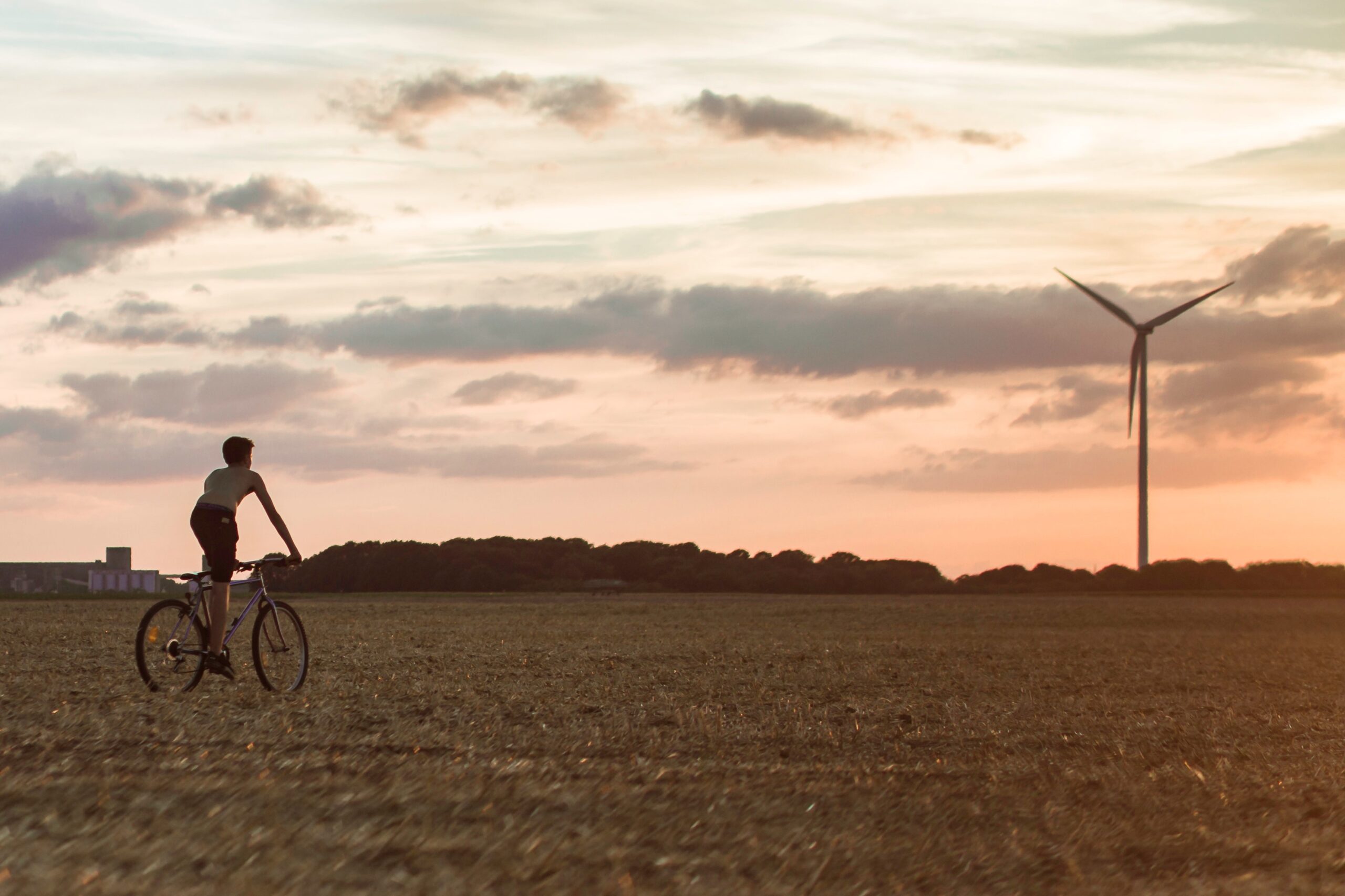Looking for ways to improve your own energy lifestyle? Fill out the form below to download our energy hacks guide.
When you think of solar power, what comes to mind? Panels on roofs or over parking lots? Possibly vast solar farms in empty fields? Or maybe your thoughts land on how much better it is for the environment than non-renewable energy sources. But it turns out that solar can accomplish even more than most people realize.
India
In 2012, a project was started in the Indian state of Gujarat, where 750 meters of a canal was topped with solar panels. Like most countries, India has relied on fossil fuels such as coal-fired power plants to generate the majority of its electricity. Since they get around 300 sunny days in a year, plus have a huge population hungry for energy, an ideal location to take advantage of solar power is in Gujarat. However, it’s not that easy to find the space for the panels, either on land or rooftops, hence the canal proposition.
Thanks to this pilot project’s success, more canal-topping solar plants began to spring up around the state. Villages that had never had electricity before were now lighting up. By using the area above the canals, the government can save on the cost, time, and other inconveniences they had to deal with when acquiring land. During the energy-intensive irrigation season, farmers are able to use the amount of electricity they need, and in the off-season, the electricity can be fed into the state grid for other uses.
As if that wasn’t enough, the canal solar power project has even more benefits. In general, solar power plants are speedier to build than coal or gas power stations. When built above canals, forests and other foliage don’t need to be cut down to make room for the panels. This also means native species won’t be displaced in that area.
One of the biggest bonuses is the panels’ relationship with the water. With the panels shading the water, less evaporates, leaving more for both farming and drinking. This shade also helps minimize algae growth, so there’s less worry about toxicity and clogged water pumps. In return, the running water keeps the panels cool. This increases their efficiency by 2.5-5%! It also helps the life expectancy of the panels to increase.

California
It’s easy to understand how these India solar canals have inspired others, including Californians. The state has the world’s largest irrigation canal network, plus an average of 290 days of sunshine each year. With solar panels California could reduce its severe water shortages, along with enjoying all the other benefits of this type of solar farm.
Brandi McKuin and her colleagues at UC Santa Cruz decided to model the pros and cons of covering 4,000 miles of canals with solar panels. They found that this could save costs with water conservation, real estate, electricity production, and even aquatic weed maintenance. But would it be enough to take care of the price of building the more complex type of solar array?
Drawbacks
There are, of course, always obstacles to overcome. As mentioned, the price of building the canal-topping farm is higher than a normal solar farm. This is partly because the supports need a zinc layer to protect them from water corrosion. The width of the canal also has to be just right, as too wide can make construction difficult, and too narrow can mean too few panels for absorbing sunlight. Similarly, there has to be enough of a length of canal that the solar structure has space for the size needed.
Studies like McKuin’s help to prove that the benefits of solar canals will outweigh the costs. In fact, it could even continue beyond the immediate impacts. One prediction is that each megawatt the solar canals produce could replace 15-20 diesel-powered irrigation pumps, which would reduce pollution in areas with terrible air quality. And who knows what else could improve throughout the years as a byproduct of these solar installations?

The innovative ideas and creative technology we have now will set the stage for a better future. Renewable energy can be harvested in so many ways, and with the help of nature, improved even more. Finding new uses and strategies can lead us to solve multiple problems at once, just like the solar panels over canals have done in India.
Canal solar power projects could make a big difference in countries around the world. The more people embrace this future, the more inspiration might hit, and other forces of nature could be combined to be more than the sum of their parts. Solar power in Gujarat is just the first step for the world to take toward a brighter, more sustainable future.




